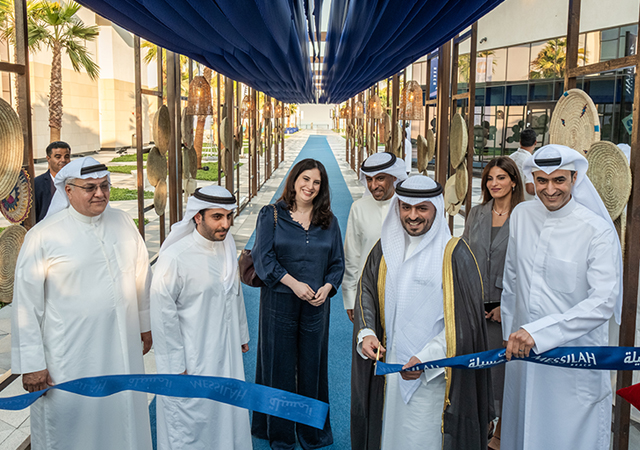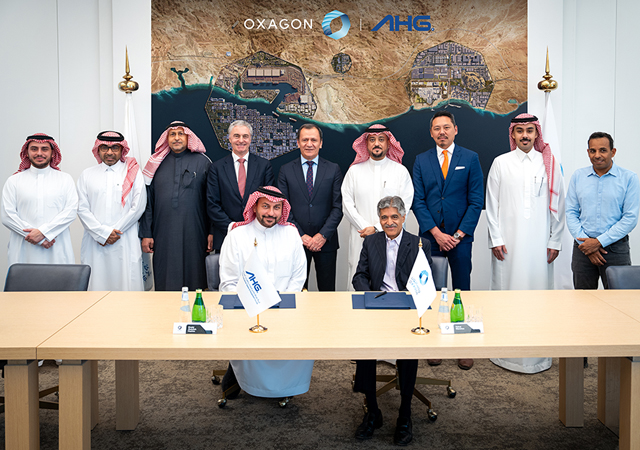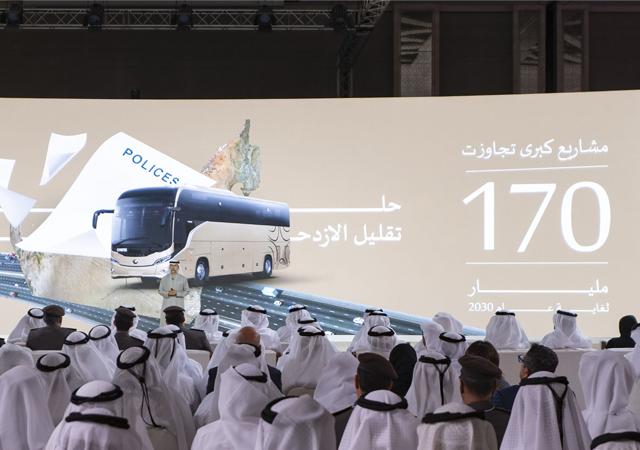
 Dawood ... BIM route to efficiency.
Dawood ... BIM route to efficiency.
A three-year study on how to improve construction processes and develop standards for digital construction in Qatar is set to be completed next year. NASHWAN DAWOOD of Teesside University, who is spearheading the initiative, highlights key issues.
Qatar National Vision 2030 (QNV 2030) – a roadmap grounded on four pillars of development: economic, social, human and environmental, launched in 2008 – unleashed an infrastructure boom in Qatar, which has been further fuelled by the country’s winning bid to host the Fifa World Cup 2022.
The government has invested around $200 billion in construction projects in recent years, giving rise to rapid expansion and the launch of mega projects. Hence the construction sector faces serious challenges relating to budget (cost and time overruns), schedule (tight deadlines and construction delays) and quality (requirements’ compliance, information loss and qualifications adapted to the new technologies). These challenges pose significant threats to stable long-term development. Rising labour, materials and transportation costs add complexity to achieving the mid-term goals.
A potential solution is the application of building information modelling (BIM) technologies – the process of generating and managing digital models and processes of construction projects throughout their lifecycle.
Teesside University of the UK is currently investigating how BIM can be used to improve construction processes in Qatar and is developing nationwide standards for digital construction. This three-year project is due to complete next year and could save the Qatari economy billions of dollars in unnecessary building costs.
BIM creates digital assets enabled by 3D modelling of construction projects, where different design and construction scenarios can be rehearsed and evaluated to achieve optimal value before construction starts. During construction, BIM is used to manage information flow and create accurate analysis of site operations.
The true potential of BIM can be realised in large infrastructure projects through better information value and financial savings. Pilot projects have shown substantial savings achieved through the adoption of BIM.
Existing initiatives for developing ‘BIM process execution plans’ or ‘BIM protocols’ reveal that a lifecycle approach to the management of information is still lacking. Teesside University’s Qatar BIM project puts BIM and a process-led approach as integrators and enablers of information lifecycle flow. This lifecycle flow of information is ultimately a pivotal factor to ensure better planning, design, operations and maintenance.
The research project, funded by Qatar Foundation, aims to develop a ‘Whole Lifecycle Information Flow’ enabled by BIM protocols focusing on four main areas: the processes, the technologies, the policies and new skills and capacities required. During the last two years, Qatar University, Teesside University and Hochtief Vicon have defined the main processes, the information and technology requirements, the policies, and the new skills and capacities needed, to allow a change of paradigm for the Qatar construction industry towards BIM technologies and protocols.
However, the ‘Whole Lifecycle Information Flow’ enabled by BIM needs a structured and multifaceted approach. It must effectively deliver the upskilling of professionals in universities and other education providers. Improved education of the students – our future industry professionals – will lead to the fulfilment of well-defined roles required by the industry’s main players globally. This needs to be grounded in government policies promoting and guiding the implementation of new methodologies. It counts on the necessary hardware and software solutions which allows the collaborative project development from initial stages. Its processes conceive buildings from a lifecycle perspective.
One of the primary objectives of the Qatar BIM project is to capture the Qatar construction industry’s requirements regarding information, technologies and processes to ensure that key areas for enabling lifecycle information management are not overlooked.
The project then defines the BIM-use processes key to the information lifecycle flow, enabled by BIM protocols. This objective will provide a structured and clear roadmap for the implementation of the different BIM work streams in the whole supply chain as well as in individual organisations. The next step is then to validate the defined processes and information requirements into eight real-life project samples, which are used for validation.
One of the cornerstones of a lifecycle approach is the operation of the building, which is commonly overlooked in the architectural, engineering and construction (AEC) industry. Improving the facilities management is one of the main goals of the project, and therefore it needs to be considered from the very early design stages.
The ‘Whole Lifecycle Information Flow’ approach developed in the Qatar BIM project outlines solutions to the main problems relating to the current challenges faced by Qata’s construction industry for the present and future. Providing an adequate higher education programme in BIM processes, technologies and policies is a cornerstone to the sustainable development as part of the Vision 2030.
Digitisation of the built environment and improved knowledge management will serve to tackle cost and time escalations of infrastructure projects and to deliver a better solution, and in the future, to contribute to the modernisation of this important pillar of the Qatari economic, social, human, and environmental development.
*Nashwan Dawood is principle investigator of Qatar BIM project and professor of construction management and IT and director of the Technology Futures Institute at Teesside University. He acknowledges the support of Qatar Foundation in this research.














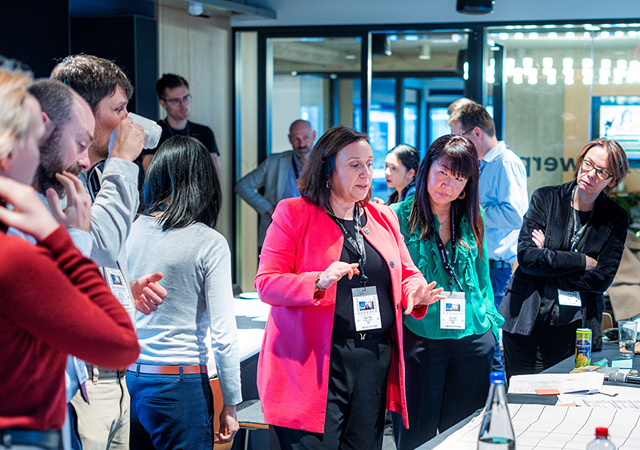


.jpg)

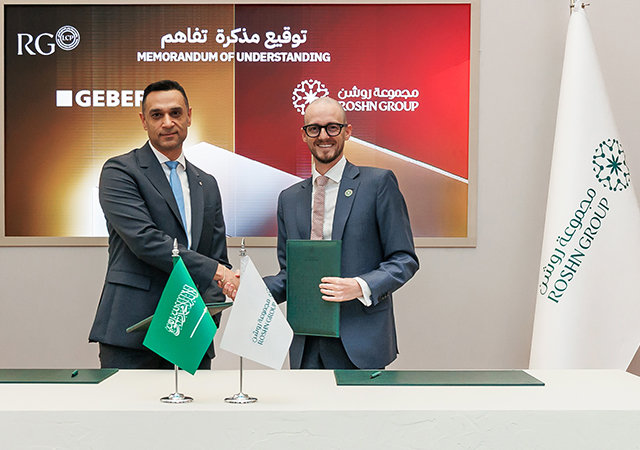











 (1).jpg)



